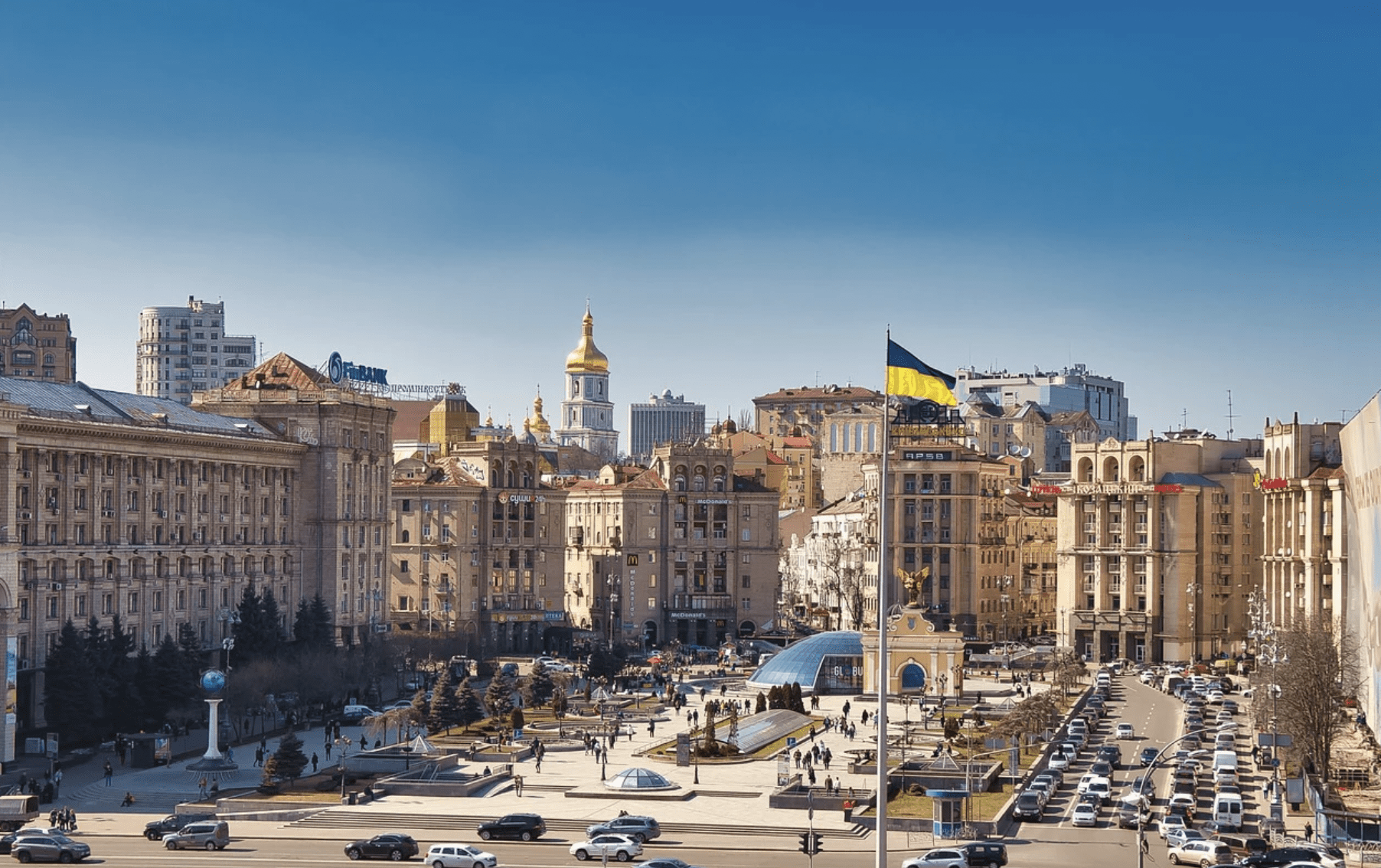While Russia has just issued an ultimatum to Kyiv, demanding the surrender of Severodonetsk, the leaders of Italy, France, and Germany—Mario Draghi, Emmanuel Macron, and Olaf Scholz—arrived in Ukraine on Thursday, June 16th, for a special diplomatic visit.
The Ukrainian situation has reached a critical point as the country’s arms stocks are at their lowest, making it more dependent than ever on the support of its international allies. A meeting was organized on Wednesday, June 15th, in Brussels, on the sidelines of a summit of NATO defense ministers, and led by the American Secretary of Defense, Lloyd Austin. Volodymyr Zelensky complained about delays in armament delivery, pointing out that Ukraine is insufficiently equipped with anti-missile systems. His adviser Mikhaylo Podolyak, expressed his impatience: “Brussels, we are waiting for a decision.”
Ratio 🇷🇺/🇺🇦 artillery in some areas: 10 to 1. Front line — more than 1000 km. Daily, I receive a message from the defenders: "We are holding on, just say: when to expect the weapons?". I address this question to the Rammstein participants. Brussels, we are waiting for a decision.
— Михайло Подоляк (@Podolyak_M) June 15, 2022
The French president began a trip to Eastern Europe by visiting Romania and Moldova on Tuesday, June 14th. During a press conference at the Constanta site in Romania, where France leads a battalion of 800 NATO troops, Macron reiterated on Wednesday, June 15th, his desire to see dialogue continue with the Russians.
“We share the same condemnation without appeal of the aggressor,” he explained. However, in Macron’s words, President Volodymyr Zelensky will “at some point,” “when the fire can stop,” need to negotiate with Vladimir Putin to silence the weapons. “The only desirable outcome of the conflict is either a military victory for Ukraine, or a discussion … that allows an agreement between Ukraine and Russia. So at some point, we will have to talk,” Emmanuel Macron advised. “I am struck by the fact that there is a verbal escalation from which we do not draw the consequences,” he added. “We are not at war with Russia.”
Following these statements, the decision for a trip to Kyiv with his German and Italian counterparts was made at the very last minute. The three men arrived by train in the capital on Thursday morning, June 16th. They are scheduled to visit a site where war crimes were committed, before meeting with President Zelensky. Romanian President Klaus Iohannis, who had welcomed Macron the day before, joined the convoy.
For the French president, the visit to Kyiv is intended to show European support for Ukraine, but not only: while the EU Commission must decide on the possible accession of the war-torn country to the European Union, the Elysée explains that this visit seeks to find “a balance between the natural aspirations of Ukraine to the European Union and the fact that we must not destabilize the European Union or fracture it.”
For his part, German Chancellor Olaf Scholz gave an interview to the daily Bild, in which he strongly reaffirmed Germany’s support for Ukraine. Germany’s position is ambiguous: arms deliveries from Germany are slow in coming, and the question of gas and oil deliveries from Russia remains a very sensitive issue. But Scholz is eager to put on a good show on the international stage: “We do not only want to show our solidarity, we also want to ensure that the aid we organize—financial, humanitarian, but also when it comes to arms—will continue,” explained Scholz. “We will continue it as long as it is necessary for the struggle for Ukrainian independence.”
The Italian Prime Minister is on the same line. Following a visit to the stricken city of Irpin, Mario Draghi told the Ukrainians present: “The world is on your side.”
While the visit from the three heads of state has obvious and powerful symbolic value to the Ukrainian government, there is still great concern about the arms deliveries, which are considered insufficient.
American President Joe Biden has just promised $1 billion in additional aid, including artillery and advanced anti-missile systems.






